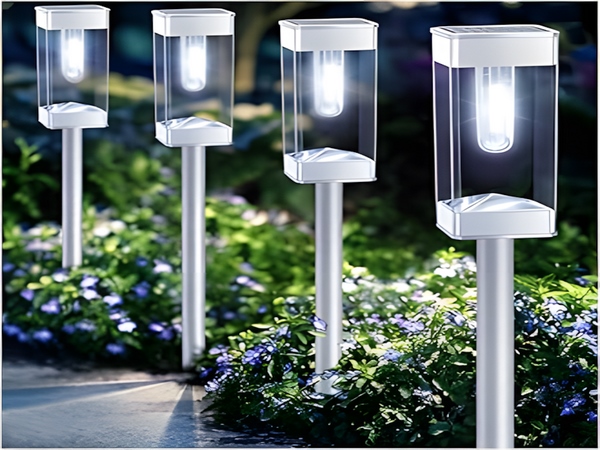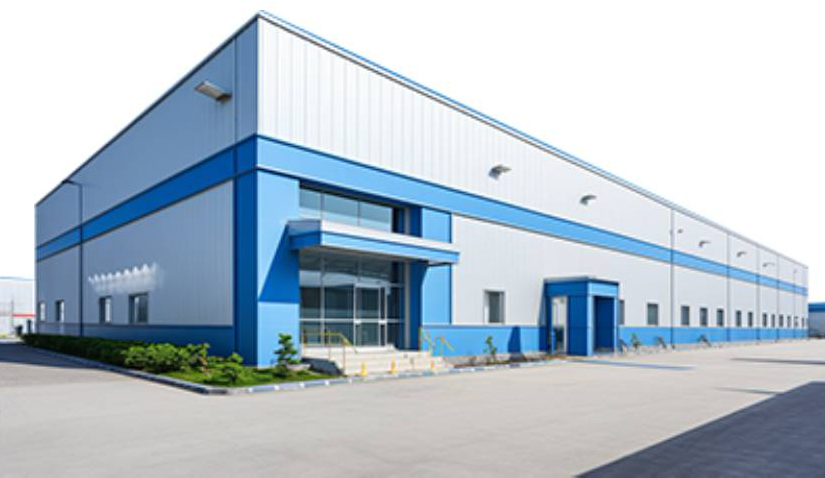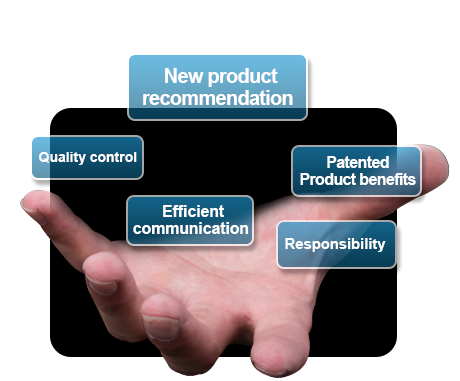Solar Street Lights
The preliminary and subsequent work of installation construction needs to consider not only the hardware of the solar street lights but also the installation construction, project management, quality control, and subsequent operation and maintenance of the solar street lights.
Solar Street Light Construction Management
Solar Street Light Installation

In outdoor settings, attention should be paid to the following twelve issues:
1. Corrosion protection for all exposed parts of the solar street lights.
2. Wind resistance for all connecting components of the solar street lights.
3. Bird protection for the solar panels.

4. Theft prevention for the solar panels.
5. Rain protection for the incoming and outgoing lines and control room of the solar street lights.
6. Winter insulation and summer cooling for the batteries.
7. Ventilation for the battery room.
8. Waterproofing for the battery room.
9. Theft prevention for the batteries.
10. Rain, insect, and hail protection for the light fixtures.
11. The light fixtures should be easy to maintain and replace.
12. The controller should be easy to maintain and inspect.
Management and Quality Control of Solar Street Light Projects
The installation and construction of solar street lights commonly face challenges such as tight schedules, remote locations, poor transportation conditions, numerous components, high technical requirements, and a large number of fragile and easily damaged parts. Therefore, organizational management and quality control are of utmost importance. To ensure project quality, Bitpott Lighting Management has dedicated significant effort to assist the construction team in establishing a comprehensive set of project management measures, directly participating in the quality control of solar street light components, on-site inspection of materials and components, quality control during the installation process, as well as implementing a responsibility system for the subsequent management of the solar street lights. Project management and quality control should include the following points:
1. Selection of construction companies and products through bidding.
2. All products must be monitored by authoritative departments.
3. Quality sampling inspection of products before shipment; unqualified products must not be shipped.
4. Arrival inspection of all products, handling inspection and acceptance procedures; unqualified products should be returned immediately.
5. Necessary aging tests for key components, such as light sources and controllers.
6. No uninspected products should enter the site.
7. Strict training for installation and construction personnel: installation of solar panels, pole erection, wiring, installation of batteries, foundation construction, and construction procedures.
8. Installation and debugging of street lamp controllers should be done by qualified technicians.
9. Establish files for each street light, including system configuration, component manufacturers, models, parameters, and installation times. Each lamp should have its own identification number, and install layout diagrams for ease of maintenance.
Subsequent Operation and Maintenance of Solar Street Lights
The solar street light project is a long-term and demanding endeavor that requires long-term investment from the construction unit and joint attention and effort from the whole society. Currently, effectively managing and utilizing the installed solar street lights, and consolidating the achievements of solar street light construction, has become an urgent issue. Therefore, Bitpott Lighting Management proposes the suggestion of establishing a long-term management mechanism to consolidate the achievements of solar construction and has introduced a responsibility system for the maintenance of solar street lights. Just like many other engineering projects, the saying “three parts construction, seven parts management” applies here, indicating that while construction has been completed, the management of street light maintenance is all the more important. For the solar street lights to serve the urban development and public life for a long time, it requires collaborative efforts from the construction units, manufacturers, local governments, and the benefiting public. Therefore, while ensuring that the construction units implement maintenance responsibilities, scope, duties, and maintenance systems, it is also necessary for relevant local government departments to provide active support and cooperation, ensuring that the daily care, theft prevention, and protection against human damage responsibilities for the street lights are assigned and implemented appropriately.
The street lights have been awarded the “Recommended Product for Engineering Construction,” providing solar street lights, rural solar street lights, municipal solar street lights, tender-specific street light products, and LED street light engineering services.

